May 23, 2025
Author:Jackson Watson
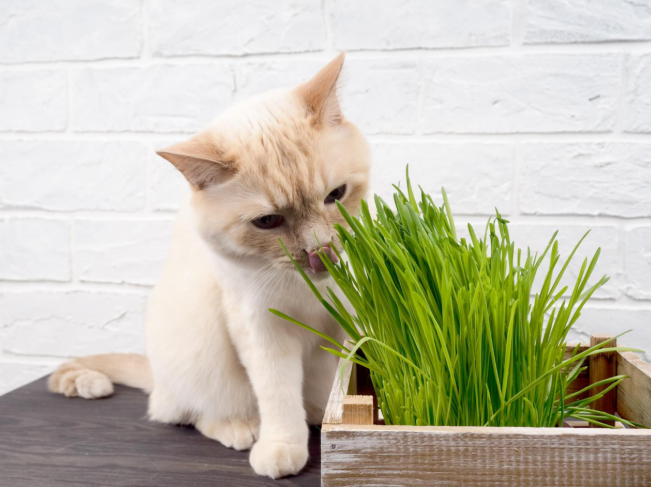
It’s always funny to see a calm cat suddenly roll around and act silly after sniffing something special. That something is often catnip, and it leaves many owners wondering, can cats eat catnip?
In this guide, you’ll learn all about catnip, how it affects cats, and whether it’s safe for them to eat. We’ll also share tips on when to give it, how to use it at home, and how to make sure your cat enjoys it safely. By the end, you’ll know exactly how to use catnip to keep your cat happy and playful.
Catnip (Nepeta cataria) belongs to the mint family. Its leaves and stems hold an essential oil called nepetalactone that flips a special switch in many cats. Once that oil reaches the nose, scent nerves race a message to the brain. The result is the 'catnip response' most of us love to watch—wide eyes, body rubs, playful hops, and sweet little chirps.
This reaction looks hilarious, but it follows clear rules. About two-thirds of adult cats carry the right gene to sense catnip. Kittens under three to four months often ignore it, while most seniors continue to enjoy gentle doses. The excitement peaks after a few minutes, then stops as quickly as it started, and cannot restart for at least an hour.
Catnip grows easily in pots or garden soil. Harvest it once stems reach six to eight inches, dry it in a dark airy spot, and store the crunchable leaves in a sealed jar. Fresh sprigs please many cats, but dried flakes last longer and feel less messy on carpet.
Why does nepetalactone work the way it does? It fits into scent receptors that normally process natural feline pheromones. When the brain reads those signals, it releases dopamine and other feel-good chemicals. Heart rate climbs a little. Muscles loosen up. Many cats want to play, while others simply stretch and bask in bliss.
Because of these brain changes, owners often wonder again: can cats eat catnip? Inhaling and nibbling act in different ways. Smelling sparks the wild dance; swallowing brings a milder, slightly calming effect. The herb does not behave like a drug in the human sense—it is non-addictive, breaks down fast, and never builds up in tissue.
Still, dose matters. A pinch the size of your thumbnail is enough for one adult cat. Too much may lead to brief tummy upset or loose stool, though that risk stays low when you store catnip in a dry jar and serve fresh portions.
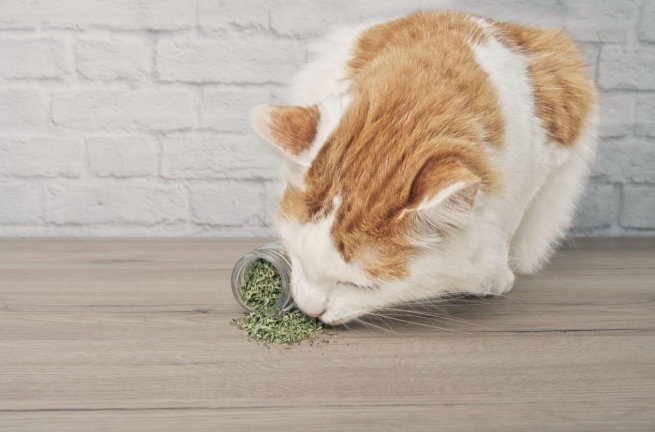
Well-timed catnip can solve real-world problems:
● Encouraging play – Sprinkle a bit on the scratching post rather than the sofa. Many bored indoor cats need reasons to move. Topped toys can guide that energy toward healthy exercise.
● Reducing stress – Before a vet visit, you can line the carrier with a toy that holds dried leaves. The scent may lower tension during the ride. For longer road trips, anchor words like 'road trips with your pet' cover more travel tactics.
● Building confidence – A shy rescue cat may explore new rooms after you rub a little powder on safe surfaces.
● Redirecting scratching or chewing – Offer a fresh sprig on the legal scratcher and protect the sofa legs.
Seeing these benefits, owners ask yet again, can cats eat catnip as part of daily care? Yes, as long as you keep servings small, fresh, and not more than two or three times per week.
No plant stands risk-free. Here are moments to skip the herb:
● Digestive history – If a cat has chronic vomiting or diarrhea, extra fiber from leaves could irritate the gut.
● Aggression triggers – A tiny group of cats react with high arousal that can shift into swats. Place such cats in a calm room and supervise first tryouts.
● Medication clashes – While rare, ask your vet before mixing catnip with sedatives or blood-pressure drugs.
Keep note of other stress clues. Cats who leave droppings outside the box or even 'pooping on the bed' may speak to deeper anxiety. Solve root causes first; catnip alone will not fix those struggles.
Control matters too. Piles left in an open bowl invite overeating. Instead, choose measured toys or freeze tiny servings. Owners who fear free-choice grazing can explore timed feeders that release food only at set moments. Such gadgets protect waistlines and reduce herb-flavored food spills.
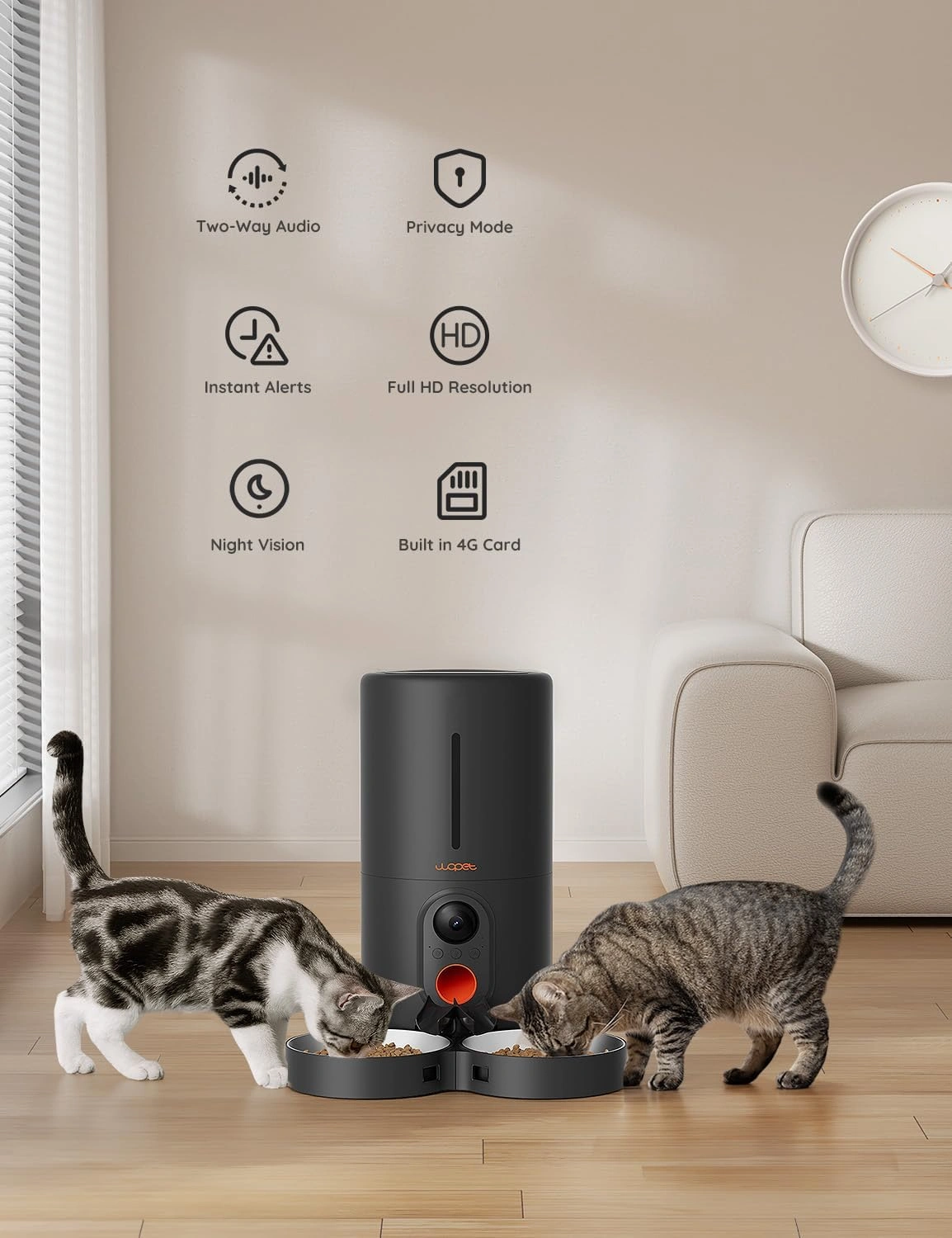
Used with sense, the question can cats eat catnip stays an easy 'yes,' yet owners must stay to each cat’s personal threshold.
Think of catnip like strong coffee. One sip wakes you up; three mugs may leave you jittery. Cats follow the same logic. A quarter-teaspoon of dried flakes meets the need for most adults. For fresh sprigs, two small leaves do the trick.
Rotate sessions. Aim for Monday, Thursday, and Saturday or similar gaps so the herb stays special. Overuse can dull the response because scent receptors need rest.
If your pet chews the plant rather than sniffing it, watch stool quality over the next day. Loose stool often corrects itself as soon as the gut pushes out extras, but reach out to your vet if watery stool lasts longer than 24 hours.
Modern cat parents enjoy choice. Below is a tour of popular styles and when to pick each:
|
Form |
Best for |
Handy tip |
|
Dried flakes |
Quick play bursts |
Store in a dark glass jar to lock scent |
|
Compressed balls |
Solo cats that like batting |
Replace once surface turns dull |
|
Refillable soft toys |
Chewers and kickers |
Keep spare pouches frozen for freshness |
|
Spray extract |
Cats that dislike loose mess |
Mist scratching posts to guide claws |
|
Fresh garden sprigs |
Owners with sunny balconies |
Rinse leaves to remove outdoor dust |
While exploring toys, check out high value toys that already hold catnip inside durable fabric. Good toys lure lazy cats into sprints, protect carpet, and save your hands from boredom bites.
Fountains pair nicely, too. Many cats love running water after an upbeat play session. To compare options read this guide on flowing water stations.
Fun experiments answer yet another instance of can cats eat catnip. One day serve a pinch in a dish, another day offer a crunchy ball, then watch which makes your cat happiest.
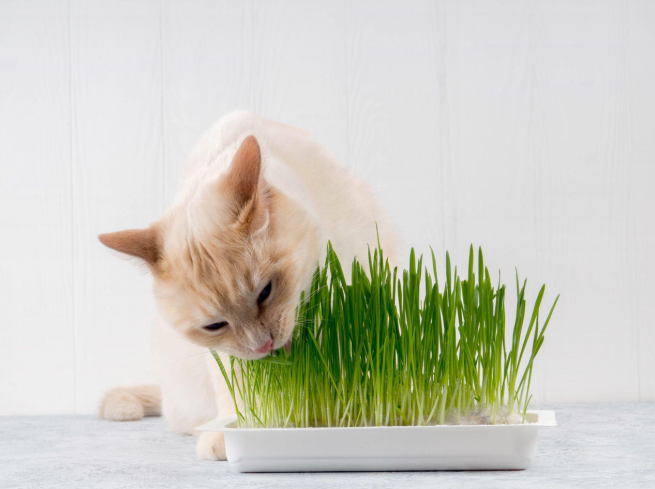
Owners still ask, can cats eat catnip late in life? Yes. You can even rub extract on low perches to tempt safe climbing and maintain range of motion.
Youngsters under three months rarely react. Their scent system still matures. Offer toys without herbs first so they learn proper play without outside buzz.
This group loves the herb most. Keep sessions spaced out and guided. After lively play, provide water access. Articles on cat hydration hacks share tricks to boost sipping, from ice cubes to flavored broths.
Senior joints grow stiff. Catnip can nudge gentle stretches that ease muscles. For older friends you may also consider kidney health tips because fresh hydration and balanced salts help the kidneys filter out herb residues.
Hold these facts close. They will guide every future choice on whether can cats eat catnip at a given moment.
1. 'Catnip is a drug.' It is a simple herb. Cats cannot become addicted, and withdrawal does not exist.
2. 'All cats react the same.' Genes rule the response. Around one in three cats feel nothing. That is normal.
3. 'Only smelling works.' Eating offers mild calm; scent brings excitement. Both paths remain safe.
4. 'Daily doses are fine.' Overuse dulls interest. Save it for enrichment, not routine filler.
5. 'Catnip solves bad habits.' It helps when you pair it with training. For over-eaters look into portion control with automatic feeders and, if whiskers seem stressed, review signs of whisker fatigue.
Use these tips with good feeding practices. Kittens need small scheduled meals; check the starter chart on healthy kitten feeding. Adult portion size guidance sits here in how much to feed your cat.
● Target hotspots – Rub a pinch on the new scratching post, not the curtains.
● Time it well – Offer catnip 15 minutes before claw trimming or carrier training; the upbeat mood eases handling.
● Rotate toys – Keep three to five catnip toys in a sealed box. Bring one out per session, then swap.
● Pair with hydration – After play, place the toy near a clean fountain. For deep cleaning tricks read the full fountain care guide.
● Prevent mess – If loose flakes scatter, vacuum right away. Long hair picks up stray leaves, so remember de-shedding tools or these steps on removing fur from clothes.
● Give shy cats space – Some cats prefer to enjoy scents in private. Offer the herb in a quiet room and leave.
The next time you wonder can cats eat catnip, remember the short rule: a pinch brings joy, a pile brings trouble. Stick with fresh, measured portions two or three times a week, store the herb well, and match each session with clean water, healthy meals, and safe play zones. Combine these steps with smart tools—from flowing fountains to automatic feeders—and you will keep your whiskered friend bright-eyed and blissful for many years.
Label:
Popular Post

What to Feed a Sick Dog With No Appetite? [2025 Guide]
May 16, 2023

Troubleshooting Common Issues with Automatic Pet Feeders: Tips & Tricks for Pet Owners
Oct 26, 2023
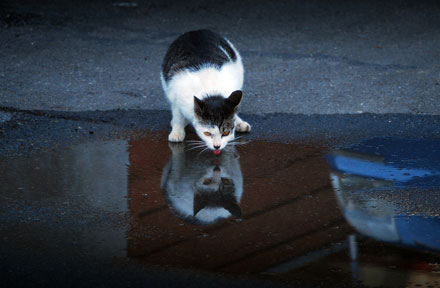
Why Does My Cat Cough After Drinking Water? 8 Potential Reasons
Mar 13, 2023
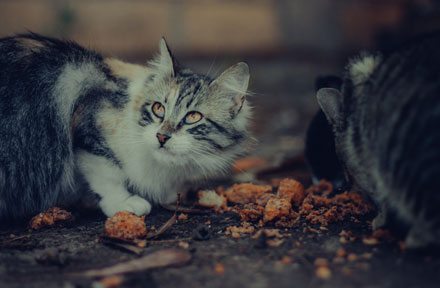
My Cat Only Eats A Little at A Time - What to Do?
Feb 27, 2023
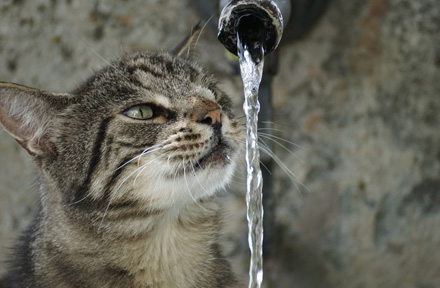
Why is My Cat Throwing up Water? Top 5 Causes Here
Feb 08, 2023
$99.99
$129.99
Copyright © 2025 WOPET. All Rights Reserved.